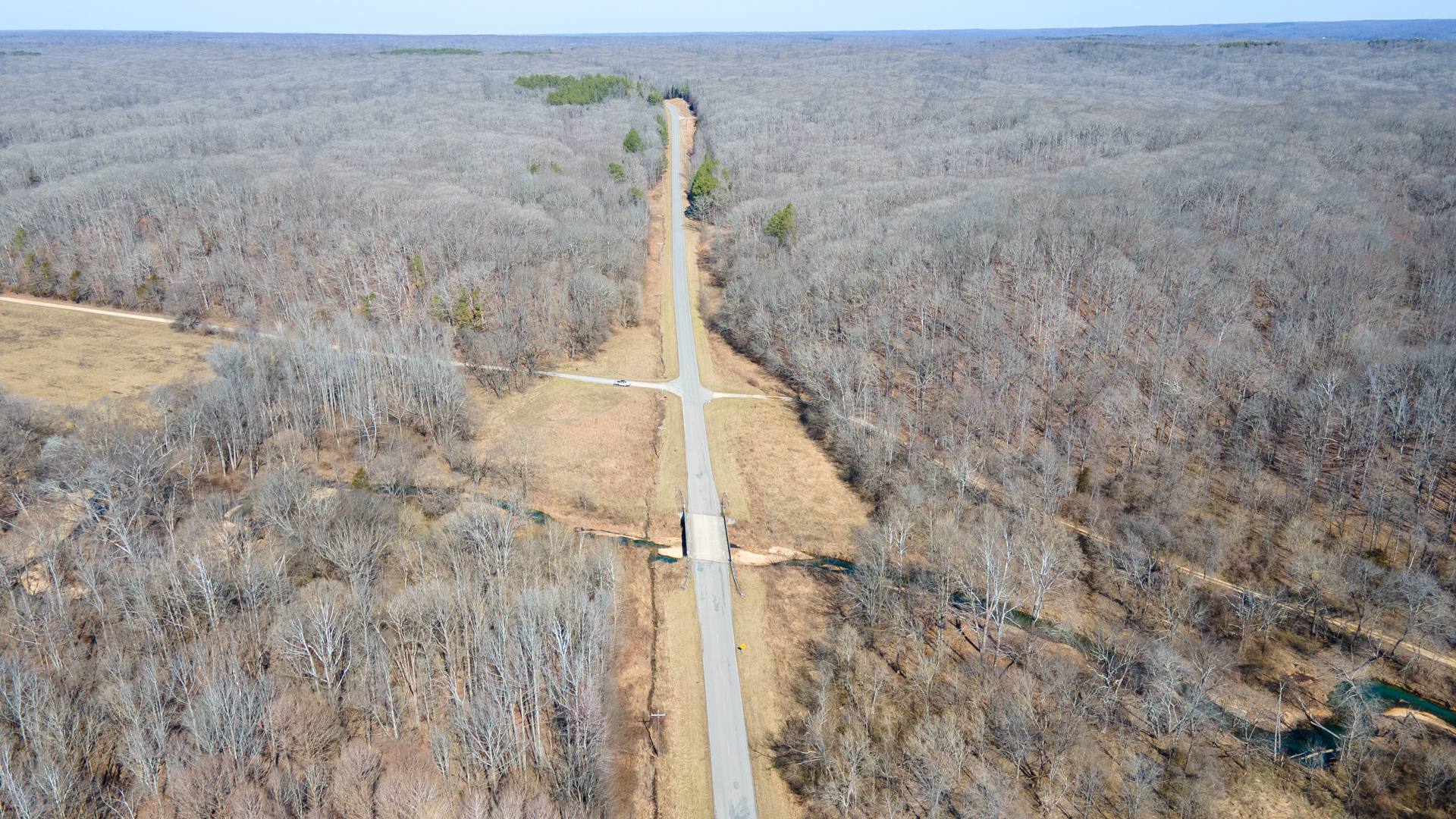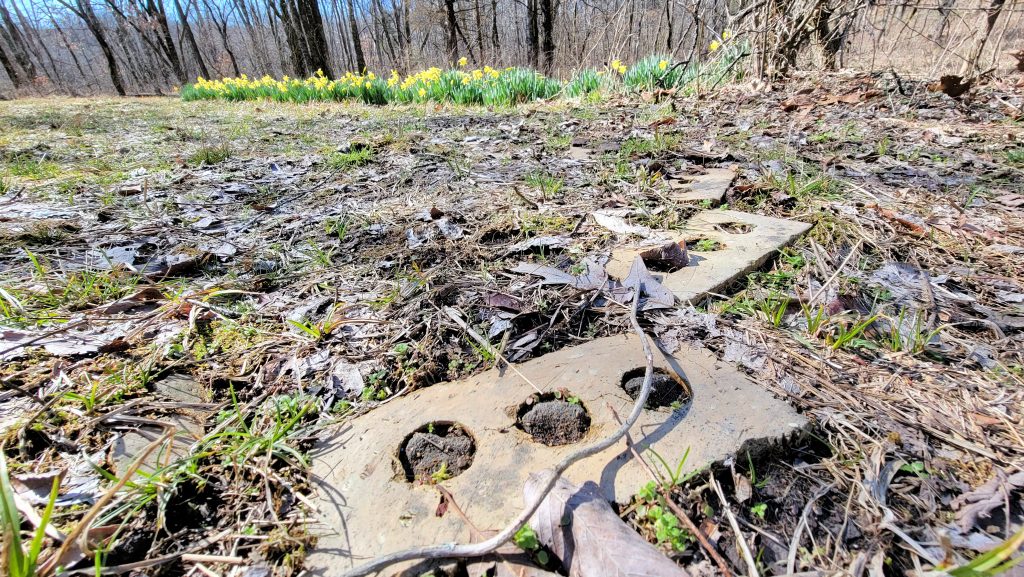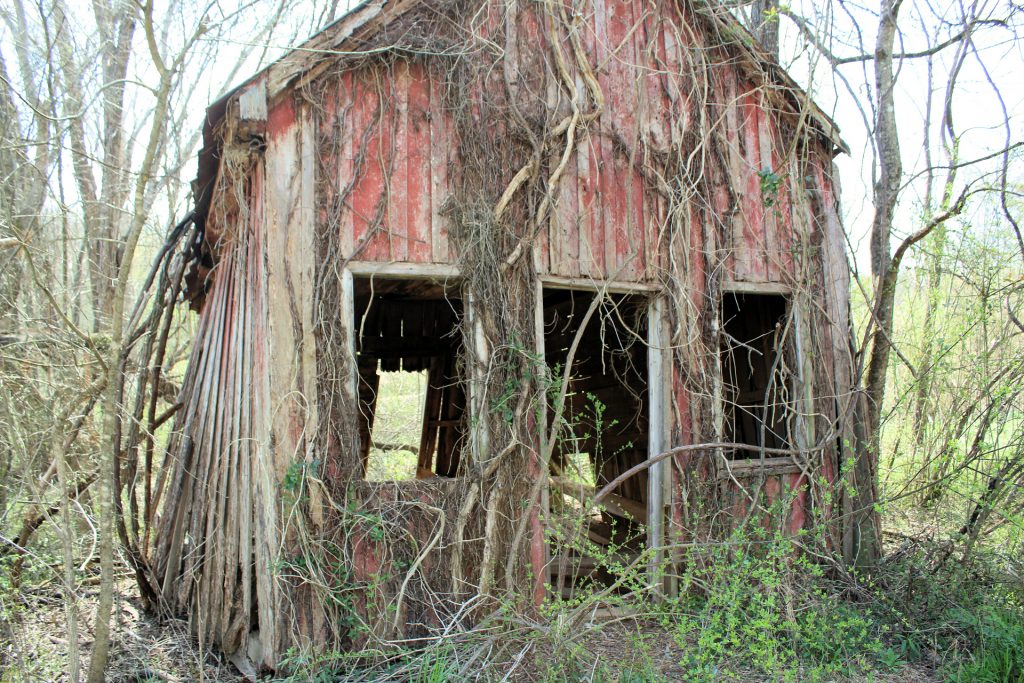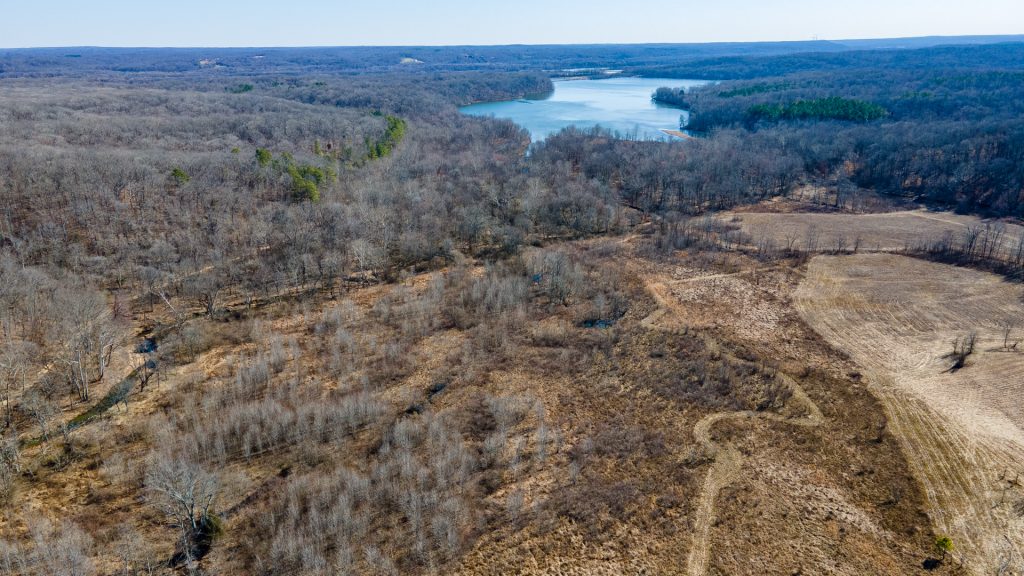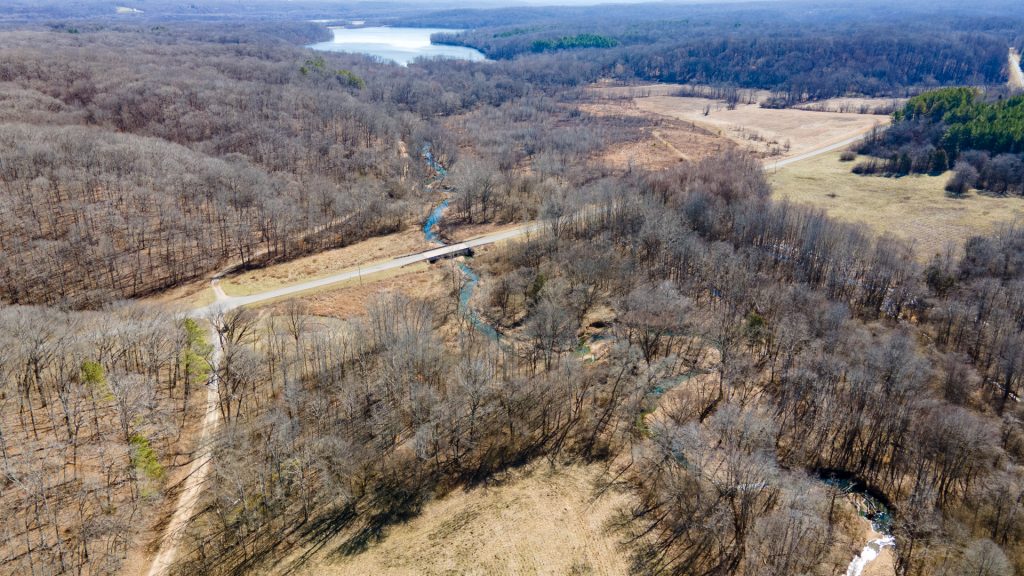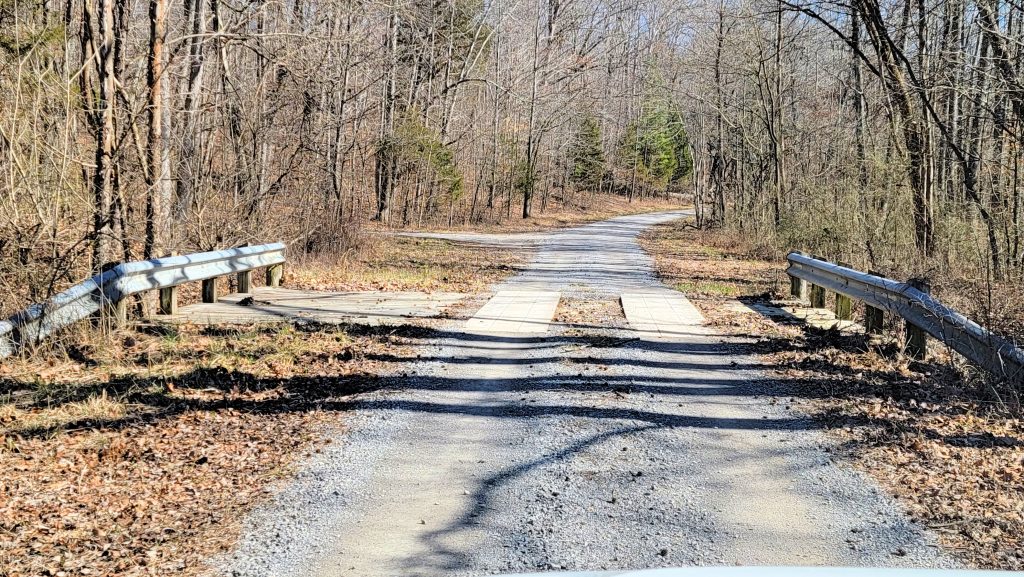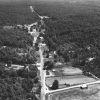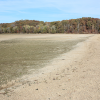One teacher, Sam Morris, was a large, muscular man. During the sermons, he would sit behind the students watching their every move. If he saw any whispering or horseplay (and as Mr. Miles put it, “He saw everything”), he would write down the students’ name. After the service, each of the wrong doers was assured of 15-20 licks with a three-foot-long hickory with a twist on the end.
The good ole days, right? That’s just one snippet of a historical account from the former Tharpe community, located in Stewart County in present day Land Between The Lakes. The source of this is unknown, having been in my files for several years.
Based on context clues, the author probably wrote this in the 1960s during the formation of Land Between The Lakes. The full text, unedited, of this historical account is located here. It provides a glimpse of what school and church life was like in an unfamiliar era.
Tharpe was located on the main road running north-south between the Tennessee and Cumberland Rivers. Long before any roads, the Gatlin and Scarborough families were the first to settle here along Barrett Creek as early as 1804.
Before the community received its namesake of Tharpe, the area was a simple farming community of scattered families. Soon word got out of local iron ore deposits, which brought several furnace operations to the region, including the Iron Mountain Furnace in 1854. Built by Brian, Newell, & Co., the furnace stood 42 feet tall and 10.5 feet wide on the inside. The community became known as Iron Mountain.
The furnace produced 1,200 tons of pig iron in 30 weeks from pipe and pot brown hematite ore scattered over the ground. However, the furnace was short-lived, closing the following year. In 1859, historical accounts report Ledbetter & Bostick purchased the furnace, and apparently produced until sometime after the Civil War, but I haven’t been able to find any records of when the furnace ceased operations. Some remains of the Iron Mountain Furnace are visible today if one knows where to look.
Iron Mountain had a post office with George White as the first postmaster. It was established on July 25, 1856, but it seems during this time the furnace took a hiatus. As the decline of the local iron industry continued after the Civil War, the local post office changed names to Tharpe on March 22, 1886.
The name came from a man named Hannible Allentharpe, who shortened his name to Ham Tharpe. He settled the area on 600 acres just after the Civil War. Mr. Tharpe started a business, and soon a town sprang up with a general store, school, cotton gin, mills, churches, and even a doctor’s office.
A likely descendant of the first settlers, Dr. James Henry Scarborough (1833-1910) practiced medicine in Tharpe from his office. He saw patients in his small building (which still stands today) and was well renowned throughout the area.
The Civil War significantly altered life for the families in this region. Many suffered hardships with some men from Tharpe joining the 50th Tennessee Regiment and defended nearby Fort Donelson.
After the Civil War, with the old Iron Mountain Furnace operations seemingly over, a lumber company from Cincinnati bought the old furnace lands and employed many locals. The company built tubs and barrels and was also known for improving steam boat trade.
Afterwards, Ayer & Lord as well as the Bartee Tie Company used the lands to make railroad ties. Sawmills were set up and many folks had jobs. The TVA Land Acquisition Maps from 1937 shows large blocks of land owned by these companies.
By 1915, Tharpe had a grist mill, a mill for board planes, a blacksmith shop, and a tobacco prizing factory. Crutcher’s Store served the community with general merchandise. Around the early 1930s, Tennessee Highway 49 improved travel through the community.
Tharpe never incorporated and served mainly as a hub for the several hundred folks living between the rivers in northern Stewart County. The slow decline likely began during the Great Depression, with many leaving to find work. The post office closed in 1942.
Tharpe disappeared with the creation of Land Between The Lakes in the late 1960s.
Location of Tharpe
Tharpe Contributions
If you would like to contribute information or photos of Tharpe, please get in touch!
References
- National Archives
- USGS Topographical Maps
- TVA Archives
- BetweenTheRivers.org (defunct)
- Land Between The Rivers – Stewart Co. Facebook Group
- Tennessee Gen Web
- Stewart County Historical Society
Articles Related to Tharpe
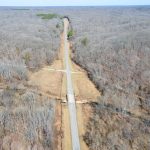
Tharpe, Tennessee
One teacher, Sam Morris, was a large, muscular man. During the sermons, he would sit behind the students watching their every move. If he saw
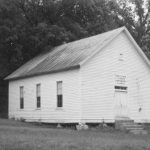
A Slice of Life from Tharpe
Someone wrote an interesting slice-of-life account of the Tharpe community. The top of the document is titled Tharpe Churches and School. It may have come
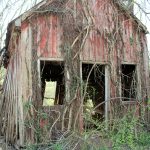
This Old Building in Land Between The Lakes was a Doctor’s Office
We’ve all been to the doctor at some point in our lives. Being in the 21st Century, we are accustomed to all the fancy technology,


